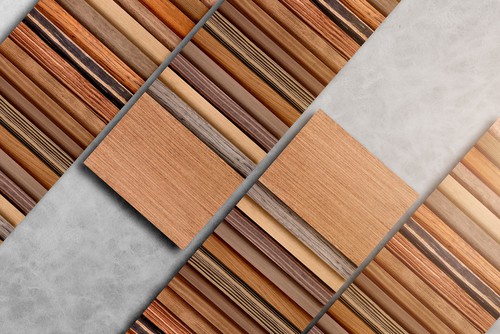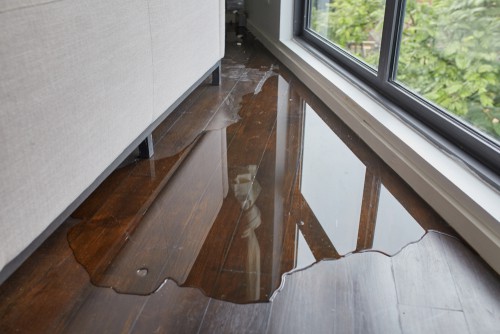
What are the Types of Flooring for Decks?
April 29, 2021
What Is The Safest Color To Choose For Laminate Flooring?
July 14, 2021Can Mold Grow Under Laminate Flooring?

Can Mold Grow Under Laminate Flooring? When mold spores find a way to your home and they get a warm and damp environment, they are likely to grow. Mold under laminate flooring can be more than an unpleasant sight; it is hazardous for health.
If it starts growing, the issue needs to be fixed. You must remove the flooring or you may even have to replace the laminates.
Mold is surely a beneficial thing for nature by breaking down and decomposing matters. But they have no positive effect on our homes, particularly on floors. Some of the causes of mold growth in laminate flooring are:
Table of Contents
Flood situation:

Laminate flooring is naturally resistant to moisture damage. When there is water spillage, you will have to wipe it out promptly. This way you can ensure that the floors suffer no damage. But if there is flood or waterlogging, it becomes saturated with water and leads to mold under laminate flooring.
Cracks or Leakage:

When a home allows water to enter through cracks or Leakage, then the floor also gets damaged with time. When the sources of moisture are not fixed, the water will continue seeping into the floor.
As a result, you may see your laminate floors become warped and give rise to mold growth.
Humid weather:

When the weather is humid and the temperature is on the higher side, mold under laminate flooring can lead to mold. Under optimum conditions, mold may start growing within a span of 24 to 48 hours. When left unchecked, this can damage your laminate flooring to a great extent.
Water Exposure:

A laminate flooring having open edges can keep up to its actual dimensions for around two hours of submerging in water. After about 3 hours, the laminate floor starts absorbing water and it becomes very difficult to replenish the lamination after this.
When a laminate floor suffers water damage for more than 3 hours, you may have to replace it. If you choose to keep the laminate flooring without any repair or improvisation, it can cause mold under the laminate flooring. As a result, your family would suffer from allergies and respiratory issues.
When you have mold growth in your floors, there are still ways in which you can fix the floor. Molds can take a wide array of colors and textures. Though you can see them in a variety of colors ranging from blue to green to black, it discolors the affected area.
They tend to have a velvety or fuzzy appearance depending on the mold variant. Mold spores are found everywhere, both inside and outside the home.
Here are a few ways which can help you remove mold under laminate floors and prevent it from future attacks.
Keeping the floor clean and dry

Dirty and moisture-laden floors are breeding grounds for mold growth. If you find dark patches then there could be mold under laminate flooring. So, you should practice leaving the shoes outside as it will ensure no additional moisture coming into your home.
Sealing the affected room

When there is mold under laminate flooring in a single room, you will surely not want it to spread to the other areas. So the first thing you should do is to seal the room for stopping the spread of their growth to other rooms.
Make sure you have sealed the doors, windows, and other exit ways with plastic and duct tape. With this, you can expect the mold to wear out after a few days.
Removing all uncontaminated furniture

When you find mold growth in a small section of the room, you should remove everything from mats to rugs to wooden furniture that has not caught mold yet. Then you will have to dry them in sunlight to check any mold and mildew growth.
This is a precautionary step for eliminating mold spores that didn’t start breeding yet.
But what will you do with the stuff that has been affected by mold? The complete removal of mold is indeed practically impossible. But borax treatment is a proven solution to saturate mold and weigh them down. The borax solution is equally effective in removing mold growth from your floors.
Can Mold Grow Under Laminate Flooring? – Conclusion

Mold under laminate flooring and other furniture can be quite frustrating. But it is not impossible to wrap them up. With a few preventive measures, you can surely keep your home free from mold and mildew.



